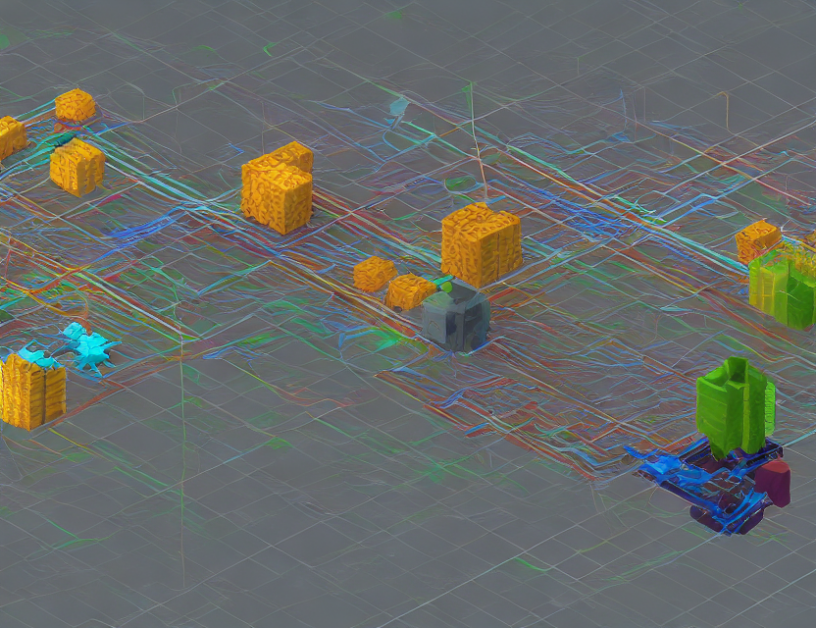In this article, we propose a novel approach for target localization in wireless sensor networks (WSNs) using outlier detection techniques. The proposed method leverages the exhaustive search technique to identify the most effective anchors that can help localize the target with minimum residual. We adopt an iterative algorithm with low complexity to solve the problem, which starts with the initial set of anchors and removes one ineffective UE with inaccurate position information in each iteration until no significant gain is obtained by removing an UE. The proposed method can significantly improve the localization performance by finding as many effective UEs with accurate position information as possible to localize the target.
Section 1: Introduction
In WSNs, target localization is a critical task that involves estimating the location of the target device based on the measurements from the sensor network. However, the process becomes challenging when the positions of the anchors are uncertain or incorrect. To address this issue, we propose an innovative approach using outlier detection techniques to identify the most trustworthy anchors for localization.
Section 2: Problem Formulation
We formulate the target localization problem as a weighted nonlinear least squares problem, where the residual is defined as the difference between the observed measurements and the predicted values based on the anchor positions. The goal is to minimize the residual while ensuring that the removed UE has a significant impact on the localization performance.
Section 3: Proposed Method
Our proposed method starts with the initial set of anchors and iteratively removes one ineffective UE with inaccurate position information until no significant gain is obtained by removing an UE. The effectiveness of each UE is determined based on its position accuracy, which is estimated using outlier detection techniques. We adopt an exhaustive search technique to identify the most effective anchors that can help localize the target with minimum residual.
Section 4: Analysis
We analyze the proposed method and show that it can significantly improve the localization performance by finding as many effective UEs with accurate position information as possible to localize the target. We also demonstrate the complexity of the proposed method, which is much lower than the exhaustive search technique.
In summary, our proposed method leverages outlier detection techniques to identify the most trustworthy anchors for target localization in WSNs. By iteratively removing ineffective UEs with inaccurate position information, we can significantly improve the localization performance while reducing the complexity of the method.



